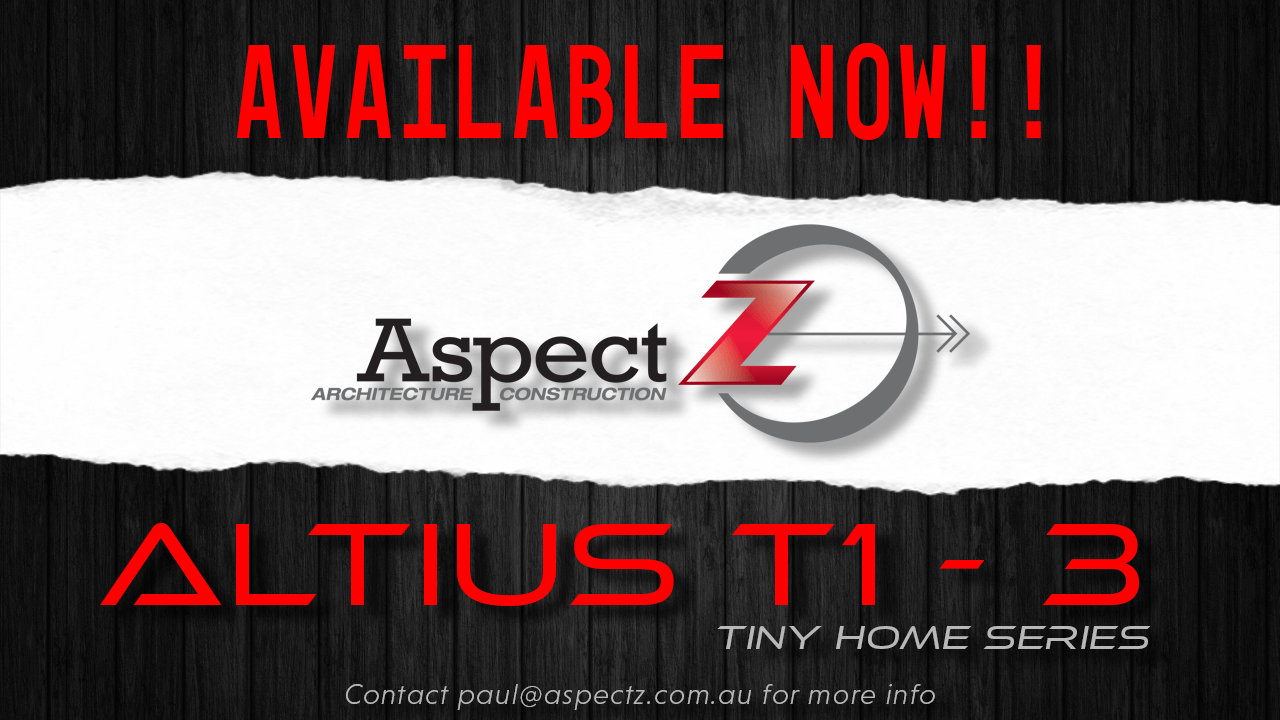Since records began in Australia (1910), the average temperature has risen by 1.44 degrees.
Over this time, the number of HOT days (above 39 degrees) in a year has increased dramatically (43 days in 2019 was triple the number of any year prior to the year 2,000).
Whether we can turn these trends around is widely debated but at the same time we need to learn to cope and live in these conditions.
This brings me to housing design. In Australia, a huge percentage of homes are not designed correctly for climate or our comfort levels. Heavy use of systems such as air-conditioning are relied upon to counteract what could be largely solved with good design. Mechanical systems are a valid source of providing comfort, but should always be supplementary to a well-designed home.
How do we counteract poor design?
1. Orientation
The siting of a building – to allow sun in when you want (Winter) and exclude it when you don’t (Summer) – is critical. Visit any project home estate for bad examples of this approach.
2. Existing Site Features
How can existing buildings or landscape features be used to advantage to provide shade?
A neighbouring building could provide the perfect shade for a nice courtyard and spaces can be planned to maximise opportunities from shade trees already on site.
3. Shading
It’s critical that the walls and especially the glass of a home are shaded. Eaves are an obvious need, as are larger roof overhangs and verandas.
Glazing is the weakest link in a building for summer heat entry. There are many methods of shading windows and different orientations require different solutions. An added cost upfront will provide much greater comfort and lower cooling bills for the life of the home.
4. Insulation
The building envelope allows heat to pass through it – both in and out. A well-insulated house restricts the flow of this heat. Simple really!
5. Heat Flushing
The best idea is to shade the building effectively to stop heat coming in, BUT the constantly changing angle of the sun makes it very difficult to obtain a perfect result.
It is imperative that when the generally cooler afternoon and night conditions approach, that you are able to release hot air trapped in the house. Appropriate window and door types, operable skylights, heat release vents and whirlybirds are all possible methods.
6. Material Choice
Each material chosen will impact your building’s thermal performance and internal comfort levels. For example, metals heats and cools quickly, whereas masonry warms, then stores heat, releasing it again slowly when temperature drops.
The key to good material choice? Using the right material in the right location for the building’s climate. Get it wrong and the results can be what we call a ‘summer hot box’.
7. Systems
There are two key things to say about cooling systems. Firstly, they should be supplementary after the above items are resolved. Secondly, if they can run from a renewable resource such as solar energy, then this is a much more sustainable approach and easier on the electrical bill!
This article has been written in simplistic terms for the everyday person. It’s a lot to take on board and building design is very complex.
The best suggestion we can make to enable a better solution for your home…CALL THE ARCHITECT, your professional. At Aspect Z, we have spent the last 20 years designing buildings focused on passive design. We are here to help you!
Paul – 0402 219 960
paul@aspectz.com.au
Source of data: CSIRO & Bureau of Meteorology.

